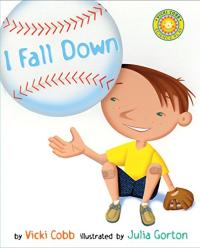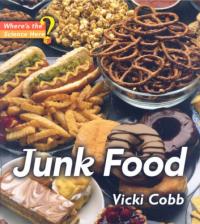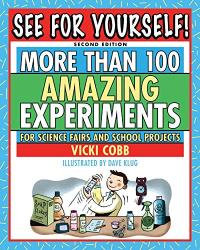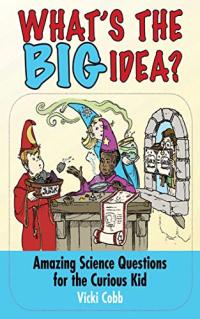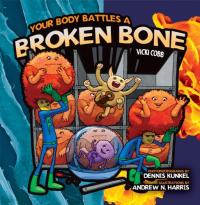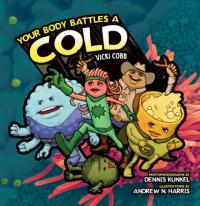
Biography
Vicki Cobb has written more than 85 nonfiction books for children. Her classic book, Science Experiments You Can Eat, was published in 1972 and established her as an innovator in hands-on science. Cobb gets kids excited about discovery, experimentation, and experiences that create real learning.
Cobb attended a progressive school from kindergarten to sixth grade — The Little Red School House in Greenwich Village. She remembers vividly the joyful experience of hands-on activities, field trips, reading children’s literature (not textbooks), and creative projects that gave her a lifetime love of learning. Cobb graduated from Barnard College with a major in zoology and went on to get a Master’s degree in Secondary Science Education. After early careers as a laboratory researcher and science teacher, she became a full-time writer of science books for children. Today, Cobb and her husband divide their time between their homes in White Plains, New York and Manchester, Vermont.
Cobb is a charter member of the blog Interesting Nonfiction for Kids (I.N.K.) and is the founder and president of Ink Think Tank, LLC, a company that brings the best nonfiction authors and their books into classrooms through videoconferencing. Cobb has also produced dozens of “We Dare You!” videos with kids from around the country that demonstrate simple experiments to try at home. Check them out on Vicki Cobb’s Kids’ Science Page.
Find this author’s books on these booklists
Themed Booklist
Great Read Alouds for Third Graders
Themed Booklist
Holiday Buying Guide 2011
Themed Booklist

